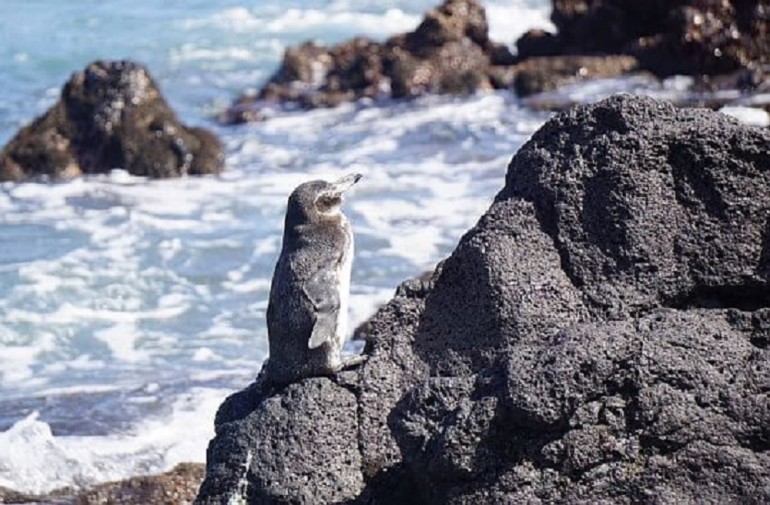Sponsored Listings:
There’s been a dramatic rise the past few years of travelers doing a land-based trip of a few Galapagos Islands instead of the traditional trip on a ship that spends 4 to 8 nights on the water. These are often marketed as alternatives for the seasick or for those “who don’t want to be stuck on a cramped ship for a week.” As our latest small ship cruise feature points out, however, there’s a lot they’re not telling you in those sales pitches.
A decade ago, the only travelers who took land-based tours of the Galapagos were those on a strict budget. Since they couldn’t afford even the most basic trips run by a company like G Adventures, they stayed in a cheap hotel and took day trips (usually from near the Baltra airport) out to whichever islands were closest.
After the opening of Galapagos Safari Camp glamping outfit and luxurious Pikaia Lodge, even travelers who were not on a budget started hearing that they could stretch out and stay on land instead, returning to their non-rocking room at night after seeing the fur seals and blue-footed boobies.
While we would certainly recommend either of those places for a stay before or after your cruise, we don’t think they’re a good substitute. Our latest correspondent to visit Ecuador lays it out well after cruising around with Ecoventura on a small ship that hit the far side of Isabela Island.
Our boat, the Eric, carried only 20 passengers. We had plenty of time for hiking plus two daily water activities: snorkeling, kayaking, swimming, or stand-up paddle boarding. Even better, Ecoventura’s “Wild West” route skims the northwest corner of the Galápagos, where the most exciting animals hang out. Three of the islands are off-limits to land-based travelers: Genovesa, the place to see fur seals and hammerheads. Fernandina, with a smoldering shield volcano. Rábida, offering magnificent red sand beaches studded with nesting sea lions.
You see, you can’t get this far from the (overburdened) population centers on a day trip. On a small ship cruise, however, most of the long traveling is done by night. So instead of bumping along in a small motorboat for hours on an uncomfortable seat to go see the wildlife, you wake up and it’s right there. A short hop on a Zodiac after a sit-down breakfast and you’re walking among the animals. Often you’re walking around places beyond the reach of the land-based tours.

If you’re worried about getting seasick, which sounds better: moving by night when you’re lying flat in a comfortable bed, or taking on the swells by day on a boat just meant to get you from A to B and back again? The good ships are comfortable, pampering, and boast a high crew-to-guest ratio. Relax, they’re trained to provide smooth sailing.
Besides, if you care about the environment, the ship tours are far more environmentally friendly and put a lot less pressure on this ecosystem. The islands are already in a precarious state. Seeing them from a ship that’s on the move is far better than zig-zagging around the islands while putting more pressure on them by using energy and generating waste every night on land.
Source: luxurylatinamerica.com










